Hi all,
This is my 1st thread here and unfortunately it is a question about some disease that I struggle to diagnose and eliminate for several months but it enhance further.
Some images attached and any help on diagnosis and suggested treatment is most appreciated.
During April some unclear white spot or two appeared on the lemon tang, around its gills.
I strted treating with chelated Copper sulphate I had, but it didn't seems to help (later I realized I didn't get to therapeutic levels due to old copper test kit).
~1 week later a belleni got filled with white spots and died within a few days.
- Other fish were ok for a few weeks but started to have many white spots (the 2 tangs) or thick white spots every few .
- The lemon tang later got self cleaned from any spot but strted ro have holes in the head, which are getting worse.
- 4 Clown fish (percula) are totally clean and healty all these months.
In between I used various tretments as detailed, with no success so far.
Aquarium type: Fish-only, including:
1 medium heniochus butterfly
1 small Auriga butterfly
1 small lemon tang
1 small Blond Naso tang
1 very small nabarachos angel
4 Percula Clown fish
Water volume - 120 us gallons net (80 in tank + 40 in sump)
Filtration type - bubble magus filter roller + perlon wool after it.
Bubble Magus Curve 7 proteine skimmer.
(Just added Oxidator type A a few days ago, after reading some good reviews here, hoping it can helpwith healthier tank)
Lighting - simple 4*28 watt led modules (3:1 white:blue)
The aquarium have been established before 7 years, but it had no fish for ~2 years and then gradually reestablished with fish about a year ago.
Water quality
Temp: 27°C (with cooler)
pH: 8.0
Salinity: usually keep low as 1.017. For the last few months I keep it even lower as 1.012 due to problem.
Ammonia: 0
Nitrite: 0
Nitrate: ~100ppm
Phosphates: ~10ppm
Copper ~2.5+ ppm (Copper Power)
In-depth information:
* Respiration rate of affected fish - ~ 80-100
* The affected fish are all swimming and still feeding well.
Remedies/ tretments I have tried so far:
* hypo salinity of 1.012 since April.
* beginning of May - Esha Trimarin and then Esha Oodinex (3 days tretment each, per its protocol)
* 29/5 - added 21ml Praziquantel, after I suspected the unclear white spots might be some worms.
* 17/6 - removed ~99.9% of the gravel and added 6 oz Copper Power (to ~2.5 ppm or a little more, tetsted with new API kit) .Copper level seems very steady since then.
* 28/6 - got the fish out and had 2 dips, 4 days appart, with Blue Life "Rapid Fish Quarantine" set (each set includes formalin dip and methylan blue dip, applied 45-60 minutes dip of each).
- In between these 2 dips the fish were in small quarantine for 4 days (also medicated with Copper Power)
- The main display tank was heated during these 4 days up to 40.2°C for a few hours, hoping to kill remains of parasite (in case it is Cryptocaryon - per disinfection method in Roy P.E. Yanong - University of Florida "Cryptocaryone irritants Infestions..." page 9)
* 1/7 - After the water cooled back to 27°C, the fish were returned back to the display tank and I added 0.5 oz Copper Power (~2.5+ ppm)
- Also added 20ml Xback (weekly) to restore the nitrifying bacteria
Rremark - I couldn't keep the fish further in QT as I had to leave home for a week. On 11/7 I saw the problem got worse.
Sory for the long thread,
Many thanks for any help/ suggestions!
Nissim
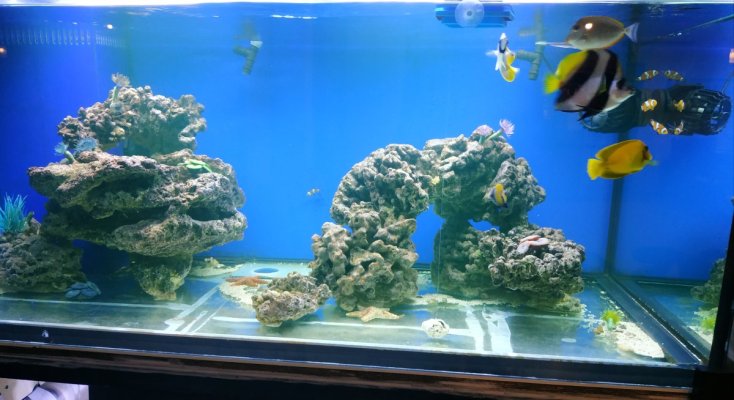
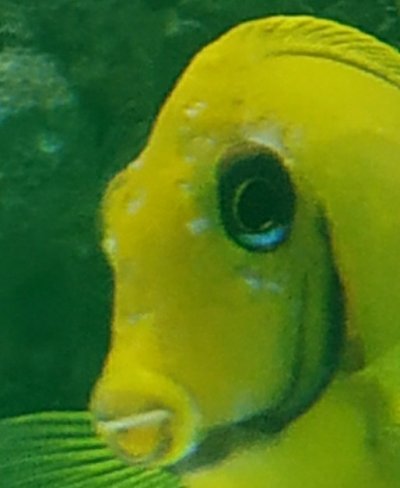
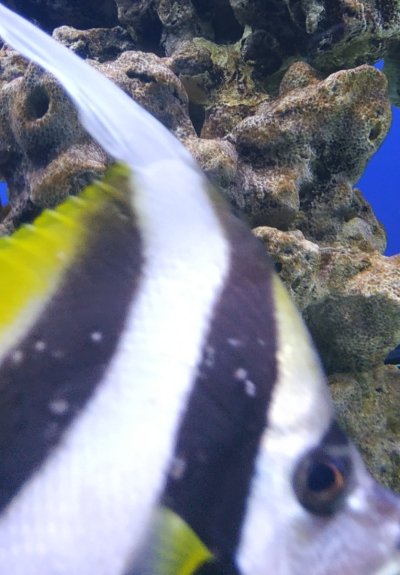
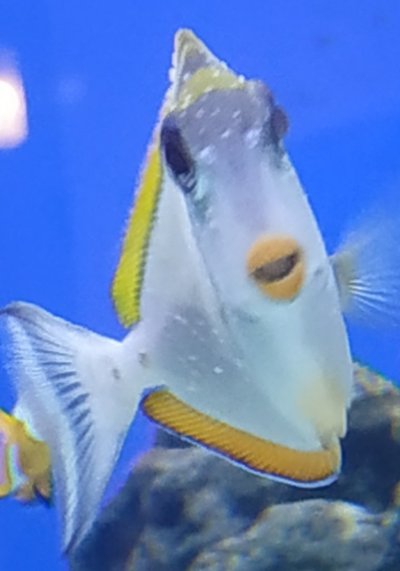
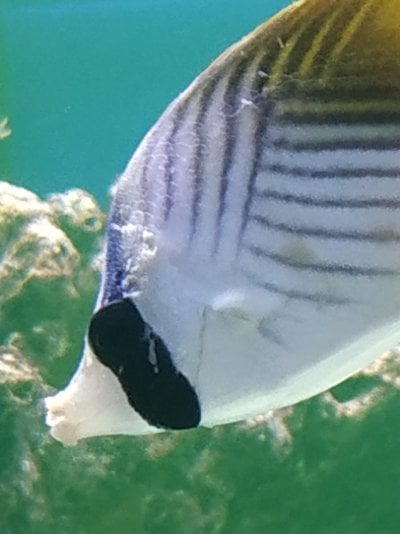
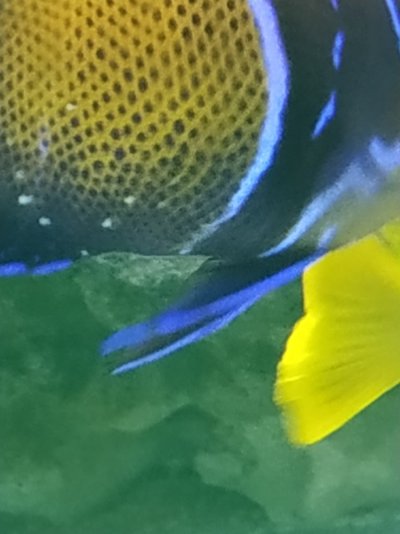
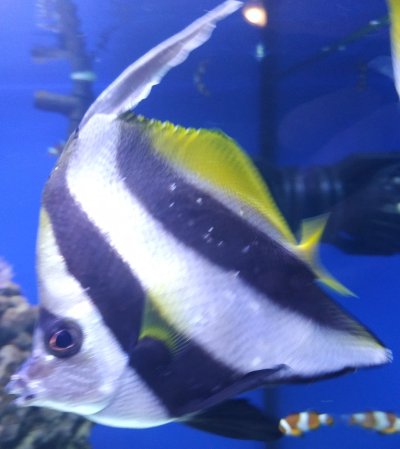
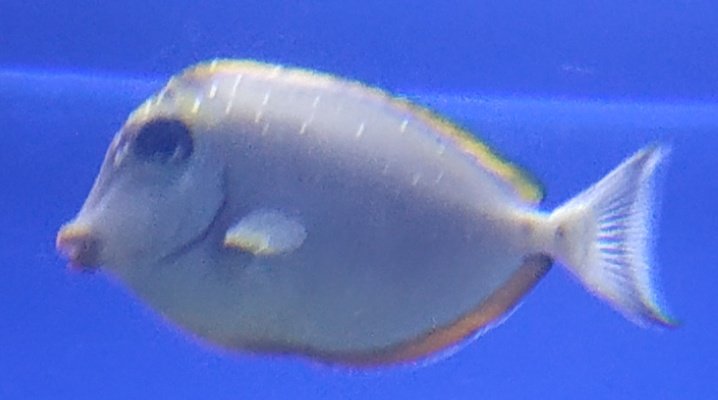
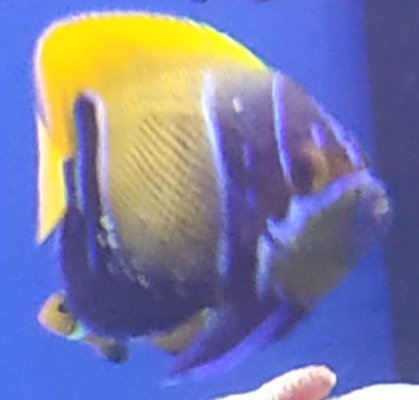
This is my 1st thread here and unfortunately it is a question about some disease that I struggle to diagnose and eliminate for several months but it enhance further.
Some images attached and any help on diagnosis and suggested treatment is most appreciated.
During April some unclear white spot or two appeared on the lemon tang, around its gills.
I strted treating with chelated Copper sulphate I had, but it didn't seems to help (later I realized I didn't get to therapeutic levels due to old copper test kit).
~1 week later a belleni got filled with white spots and died within a few days.
- Other fish were ok for a few weeks but started to have many white spots (the 2 tangs) or thick white spots every few .
- The lemon tang later got self cleaned from any spot but strted ro have holes in the head, which are getting worse.
- 4 Clown fish (percula) are totally clean and healty all these months.
In between I used various tretments as detailed, with no success so far.
Aquarium type: Fish-only, including:
1 medium heniochus butterfly
1 small Auriga butterfly
1 small lemon tang
1 small Blond Naso tang
1 very small nabarachos angel
4 Percula Clown fish
Water volume - 120 us gallons net (80 in tank + 40 in sump)
Filtration type - bubble magus filter roller + perlon wool after it.
Bubble Magus Curve 7 proteine skimmer.
(Just added Oxidator type A a few days ago, after reading some good reviews here, hoping it can helpwith healthier tank)
Lighting - simple 4*28 watt led modules (3:1 white:blue)
The aquarium have been established before 7 years, but it had no fish for ~2 years and then gradually reestablished with fish about a year ago.
Water quality
Temp: 27°C (with cooler)
pH: 8.0
Salinity: usually keep low as 1.017. For the last few months I keep it even lower as 1.012 due to problem.
Ammonia: 0
Nitrite: 0
Nitrate: ~100ppm
Phosphates: ~10ppm
Copper ~2.5+ ppm (Copper Power)
In-depth information:
* Respiration rate of affected fish - ~ 80-100
* The affected fish are all swimming and still feeding well.
Remedies/ tretments I have tried so far:
* hypo salinity of 1.012 since April.
* beginning of May - Esha Trimarin and then Esha Oodinex (3 days tretment each, per its protocol)
* 29/5 - added 21ml Praziquantel, after I suspected the unclear white spots might be some worms.
* 17/6 - removed ~99.9% of the gravel and added 6 oz Copper Power (to ~2.5 ppm or a little more, tetsted with new API kit) .Copper level seems very steady since then.
* 28/6 - got the fish out and had 2 dips, 4 days appart, with Blue Life "Rapid Fish Quarantine" set (each set includes formalin dip and methylan blue dip, applied 45-60 minutes dip of each).
- In between these 2 dips the fish were in small quarantine for 4 days (also medicated with Copper Power)
- The main display tank was heated during these 4 days up to 40.2°C for a few hours, hoping to kill remains of parasite (in case it is Cryptocaryon - per disinfection method in Roy P.E. Yanong - University of Florida "Cryptocaryone irritants Infestions..." page 9)
* 1/7 - After the water cooled back to 27°C, the fish were returned back to the display tank and I added 0.5 oz Copper Power (~2.5+ ppm)
- Also added 20ml Xback (weekly) to restore the nitrifying bacteria
Rremark - I couldn't keep the fish further in QT as I had to leave home for a week. On 11/7 I saw the problem got worse.
Sory for the long thread,
Many thanks for any help/ suggestions!
Nissim
























